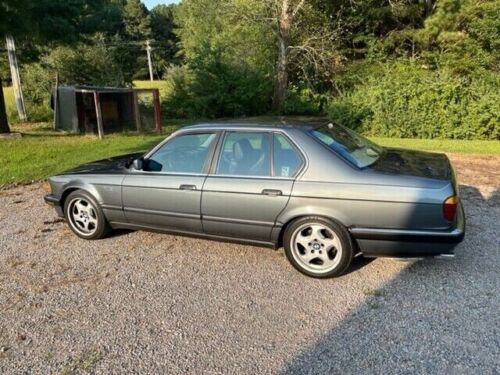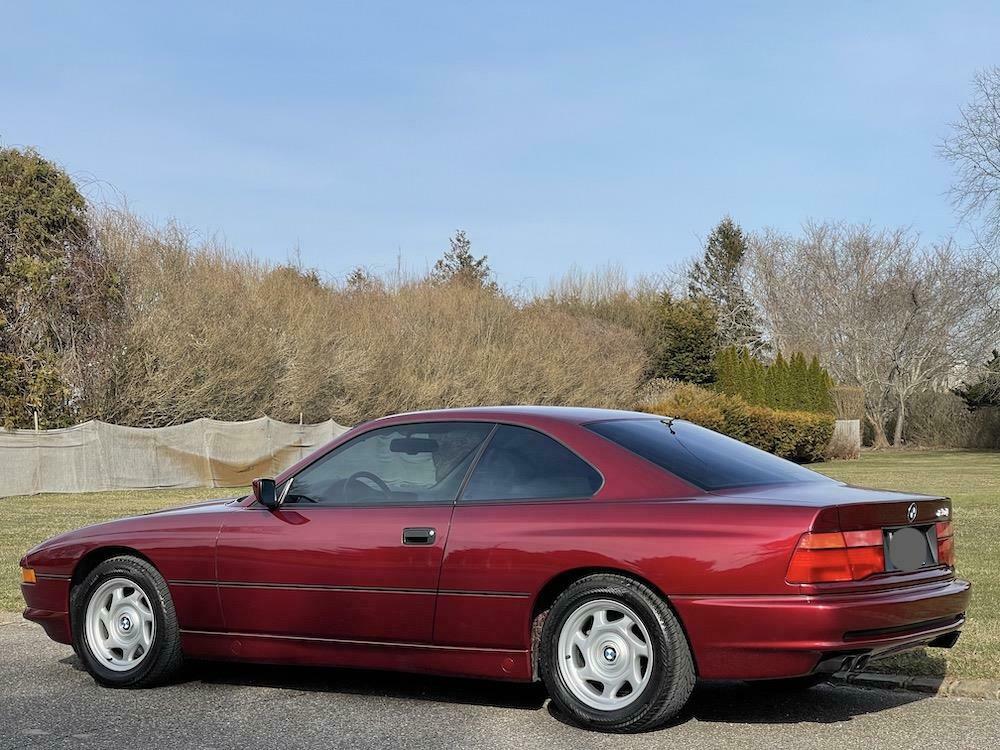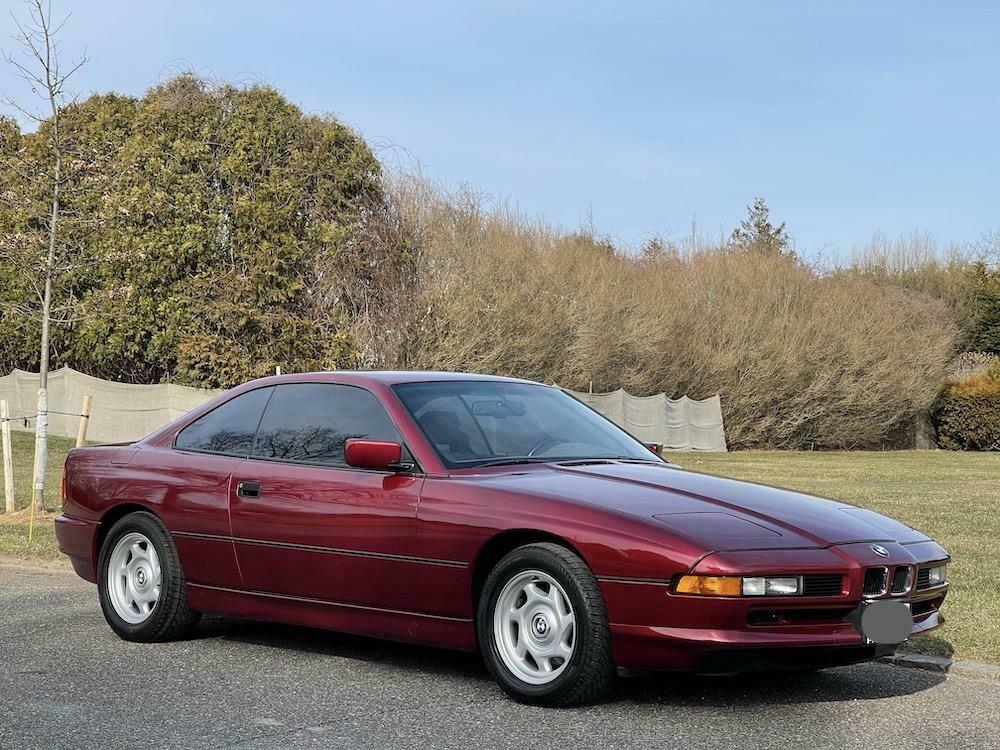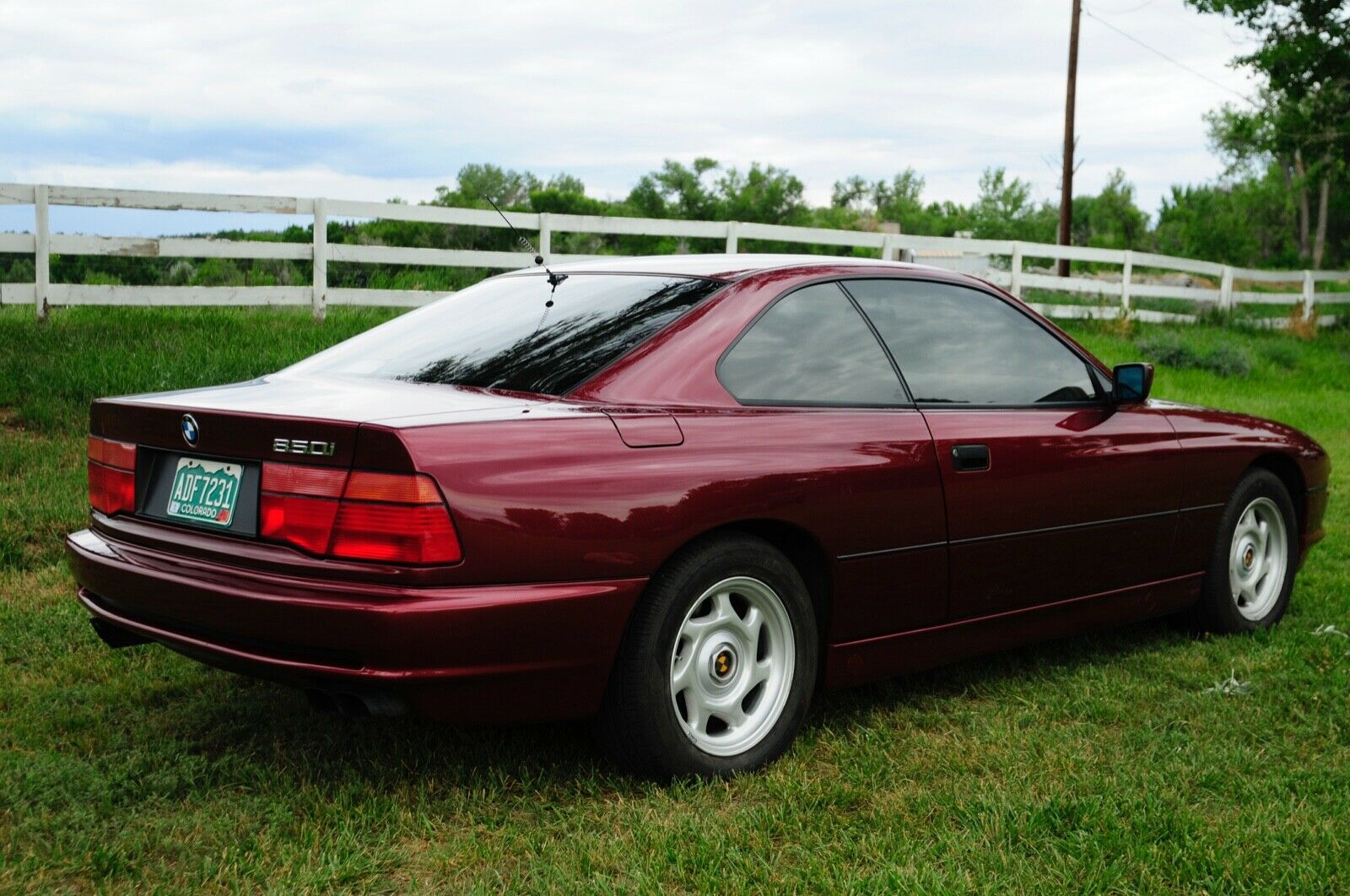The late 80s and early 90s was a great time to be a fan of German cars, as each manufacturer advanced in leaps and bounds. Volkswagen had the succession of 16V, supercharged, and then VR6 engines. Porsche launched the supercar 959 and beefed up the 911, 944 Turbo and then 968, and the 928 GTS. Mercedes-Benz had the audacity to replace the stalwart R107 with the R129, launched the W124, W201, and finally the W140 and generally remained the benchmark of the world. Audi’s success with the Quattro proliferated the model range, and the company that dared to be different ended the 80s with the wild quad-cam all-wheel drive V8 quattro and introduced the S and RS model ranges in the 90s.
BMW was not to be outdone. While the M brand had its roots in the 70s, it was really the 80s where they stretched their legs; the introduction of the definitive sports sedan and coupes of the M3, M5, and M6 still have repercussions today. But they weren’t about to let the go-to W126 and the upstart V8 quattro have all the large-executive limelight. The E23 had been an interesting alternative all along, and it was quite advanced in many ways. But it was its successor, the E32, that really took BMW to the world stage in the large executive market. And the top-tier model was nothing to sneeze at. Gone was turbo power, and in its place BMW sistered two of their M20 inline-sixes together on a common crank, creating the M70 – a 5.0-liter V12 with an aluminum block and the best part of 300 horsepower. This was 1987, mind you, and that was still a pretty big number. Complex, expensive, and not without fault, the 750iL generated a lot of headlines and more than a few headaches for the other brands and its owners. Only available as a long-wheelbase sedan in the US, the E32 750 was offered in short-wheelbase configuration in Europe – and it just so happens one is for sale right now in the US:








